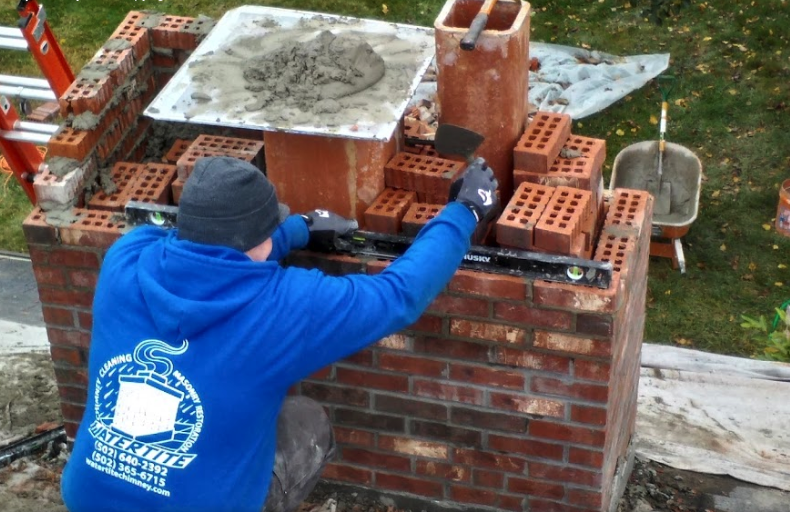Thanks to House Depot, Lowes and other residence improvement megastores, property owners and household remodeling contractors have access to a tremendous selection of resources to make popular repairs and improvements. A generation ago, a homeowner encountering a crack in a foundation wall or concrete slab would not anticipate to come across a variety of appropriate repair goods at the local lumber yard.
Accessibility
These days, numerous households reside within an effortless drive of a important property center exactly where they can uncover all types of tools and components for masonry repairs.
Homeowners now have access to sophisticated polyurethane sealants that utilised to be out there only to contractors. And how about all the distinct mortar mixes -from regular concrete to skim-coating formulations and speedy-setting patching compounds? There’s even versatile foam backer rod for stuffing into cracks prior to filling them with caulk. All these masonry components and far more are now typically out there, along with the tools to apply them.
For property owners who have the time, talent and need to do upkeep and repair operate themselves, the widespread availability of tools and supplies is very good news indeed. It is satisfying to total a property repair project your self, and that satisfaction multiplies when you assume about what a contractor would charge to do the work.
Is DIY Often Very good?
It’s vital to think about the downside and risks of performing foundation repairs oneself, no matter how experienced and determined you take place to be. The process of repairing a cracked foundation is a good case study for explaining what can go wrong with a DIY repair.
Case Study
Let’s say that Paul Brown discovers a crack in his basement floor one Saturday morning. He’s not as well worried since the crack is located in a back corner of the basement where loved ones members do not venture really typically, and it appears straightforward sufficient to fill with some masonry sealant. Certain adequate, he gets the correct goop from his local hardware retailer and tends to make a clean, professional-searching application that totally seals the crack and even tends to make it tough to see unless you’re standing suitable overhead.
A couple of months later, Paul sees that the sealant he applied has pulled away from the crack, and the crack itself appears slightly bigger. ” masonry repair houston bet you did not wedge a backer rod into the crack just before applying the sealant,” a neighbor says.
“You are proper,” Paul replies. “I did not think the crack was large adequate for a backer rod, but it is now.” So he redoes his repair perform, confident that the back rod will improve the sealant’s flexibility and keep it in spot.
What Went Incorrect
The vital flaw in this repair tactic is that it treats the symptom with out considering what the problem or bring about of the crack may possibly be. As it turns out, the soil beneath Paul’s basement slab shrunk away from the concrete by quite a few inches after an extended period of hot, dry weather that generally causes certain varieties of soil to shrink.
The corner of the slab above the void (empty space) broke mainly because it was no longer supported by the ground. Filling the crack with sealant can only be a temporary fix, because further soil movement will trigger the slab to settle even far more. And if the soil settlement extends beneath the foundation wall, the wall itself can crack and sink, causing a much more serious structural difficulty.
19 May, 2024
0 Comments
1 category
Category: Blog
